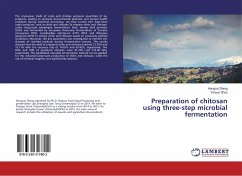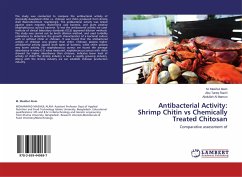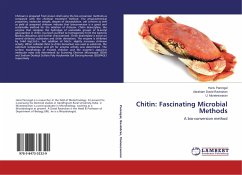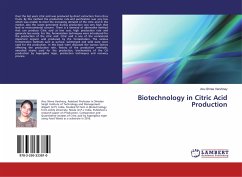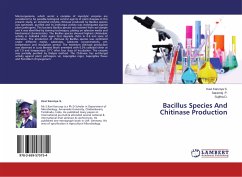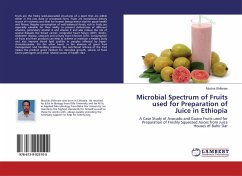The crustacean shells of crabs and shrimps produces quantities of by-products, leading to seriously environmental pollution and human health problems during industrial processing, yet they turned into high-value useful products, such as chitin and chitosan.To prepare chitin and chitosan under large-scale submerged fermentation level, shrimp shell powders (SSPs) was fermented by successive three-step fermentation of Serratia marcescens B742, Lactobacillus plantarum ATCC 8014 and Rhizopus japonicus M193 to extract chitin and chitosan based on previously optimal conditions. Moreover, the key parameters was investigated to monitor the changes of resulted products during fermentation process. The results showed that the yield of prepared chitin and chitosan reached 21.35% and 13.11% with the recovery rate of 74.67% and 63.42%, respectively. The DDA and MM of produced chitosan were 81.23% and 512.06 kDa, respectively. The established microbial fermentation method can be applied for theindustrial large-scale production of chitin and chitosan, while the use of chemical reagents was significantly reduced.
Bitte wählen Sie Ihr Anliegen aus.
Rechnungen
Retourenschein anfordern
Bestellstatus
Storno

